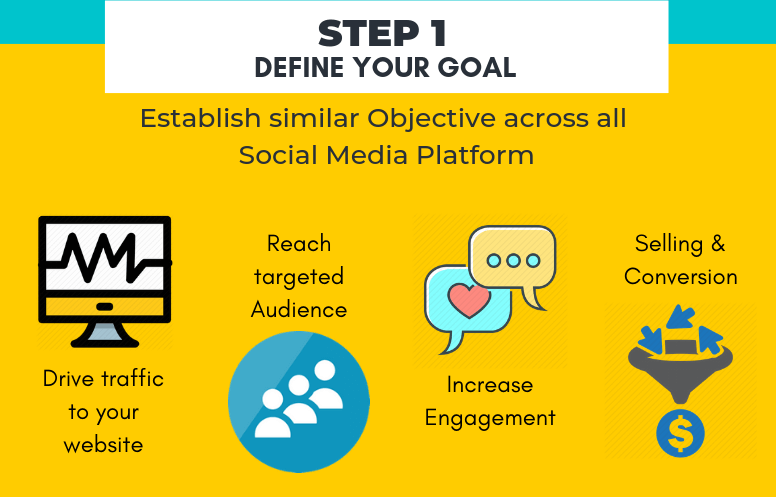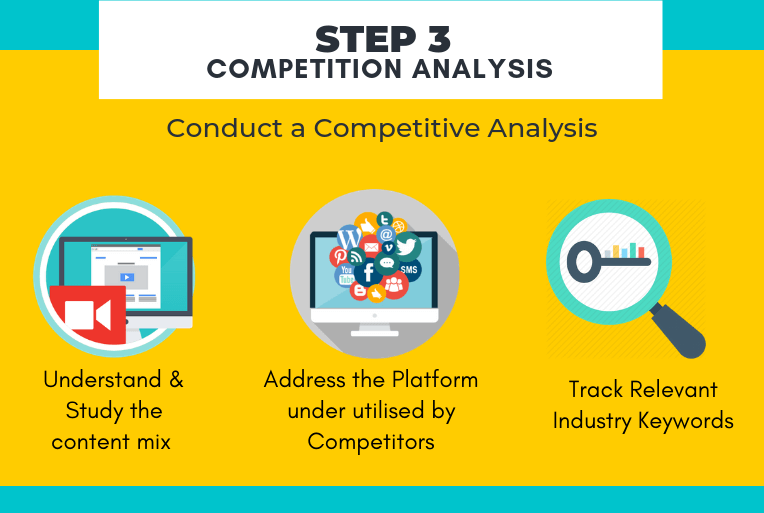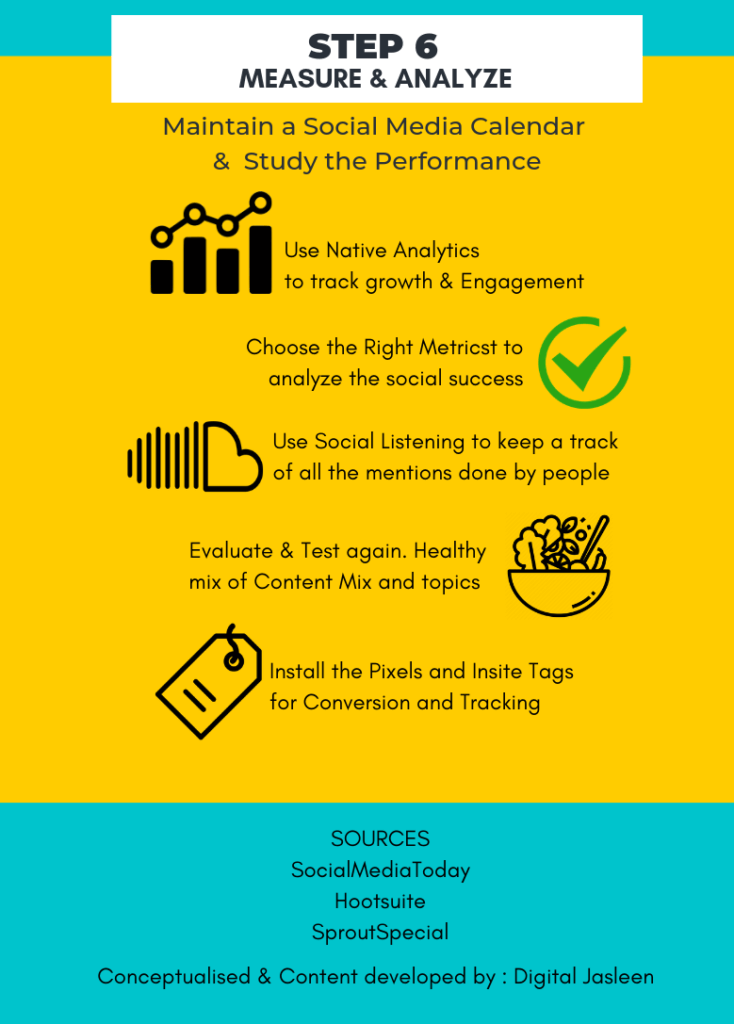Blogs > Building A Social Strategy That Will Reflect In Your ROI

Building A Social Strategy That Will Reflect In Your ROI
September 11, 2019 Bianca Altomare
Before kicking off with building a social media presence for your brand, there are a few things to take into consideration to ensure that there’s a strategic outline that will maximize your return on investment in the end.
Understanding your target audience is necessary as it will be the foundation we will build off of while creating a strategy. Being aware of what your audience is like, will make it easier to make a decision on how your brand will approach them via various social media platforms. Each platform typically varies in the demographic of users it holds and its main purpose on how exactly it used day to day.
For example, devoted Instagramers that use the network to leave lasting visual impressions to their specific target groups may be opposed to using Twitter. This is in part due to Twitter typically being used to make short status-like messages that demand quick reaction to current events. There is also a higher posting frequency from its users on Twitter. Deciphering which platform to delegate your attention to will rely on whom you want your audience to be. By presenting your brand through multiple platforms all while leveraging its personality is important keeping your wanted audience engaged.
Below are six steps from approach through execution, to achieve a successful social media strategy.

Step 1
To begin, determine what your brand wants to achieve and essentially get out of using a social media platform. You need to set actionable social marketing goals, so choosing a couple to focus on and start working towards is realistic and more achievable.
Other social media goals:
- Increase brand awareness
- Generate new leads
- Effective social customer service

Step 2
Knowing your audience is critical in understanding what type of content they want to see on social media. Ensure you know what they want to see curated in order to capture them. Creating a customer persona will allow you to better understand your potential fans as real people and from different perspectives. The last thing you want to do is waste your time putting together content that will never reach your chosen audience. So do your research, know who they are before investing your worthy time.
Sprout Social has posts with interesting infographics, breaking down each of the most used social platforms giving insight on the demographics that populate each.

Step 3
Analyzing your competitors and where they are present online will allow you to get some insight on what they’re doing well with and where they could use some work. You will also get a sense of where your standards should be.

Step 4
Choosing the right platform to get your message to your targeted audience is crucial. The infographic above has useful information to consider when determining which of the platforms would be most beneficial to your business. Things you need to consider:
- What network(s) does your target audience use?
- What is the best way to get through to them on that network?
- How does your social media presence compare to your competitors?
- What is working? And what’s not?
- What do you want to try differently?

Step 5
Now that you’ve discovered who your audience is and the ideal platform that will be used to get through to them, here’s the fun part: Piecing together content that will create a spark and keep them engaged. Make sure to plan this out according to your brand’s image, or perhaps its mission statement. Here are some examples on types of content you could create…
- Photos
- Blog Posts
- Vlogs
- Testimonials
- Infographics
Having a variety of content formats is great so not only are you supplying your audience with great material, but it also gives your competitors something to keep up with.
‘Content is what fuels social media, so it is crucial creating high quality, engaging content as a top priority’ – Duct Tape Marketing

Step 6
Creating a content calendar is recommended to track how often you’re posting to each of your networks, the content that is being posted, and topics that are upcoming. Some platforms have analytics built in if you’re registered as a business account. Being able to track your results, analyze them by picking them apart to see where it could use attention and make tweaks to optimize is necessary to do to succeed on social media.
Being aware that online content is regularly evolving, making sure you’re up to speed on all platforms being used is important. Social media is constantly updating its features, algorithms and settings, being in the know will always be beneficial for your return. Once the strategy is carefully planned out, executing it should flow seamlessly and successfully.
** INFOGRAPHIC source from – http://digitaljasleen.online/ **
Helpful Links
https://coschedule.com/blog/social-media-marketing-strategy-template/
https://www.raven5.com/blog/ways-to-present-your-business-via-instagram-stories/
https://blog.hootsuite.com/buyer-persona/
View All